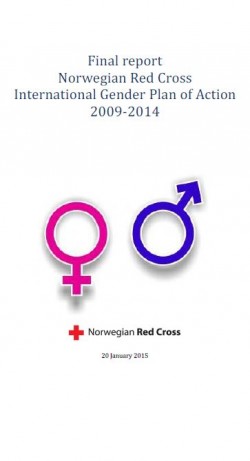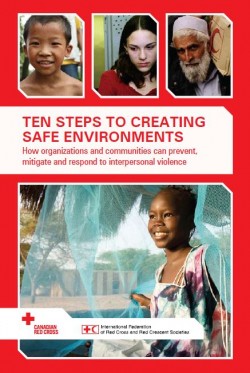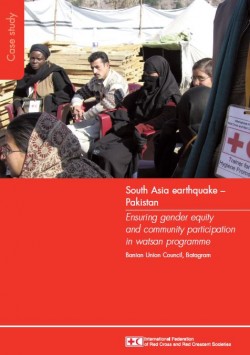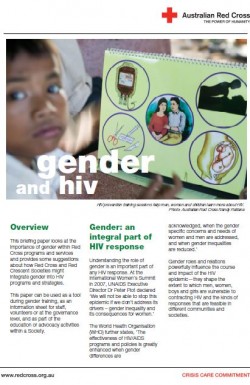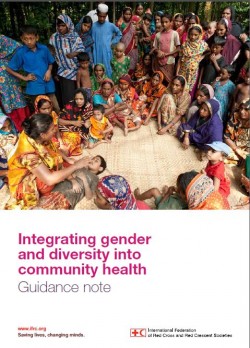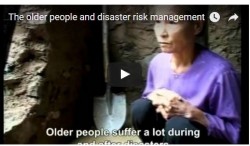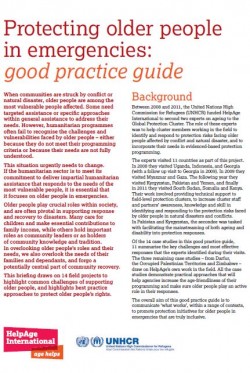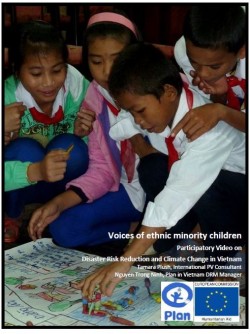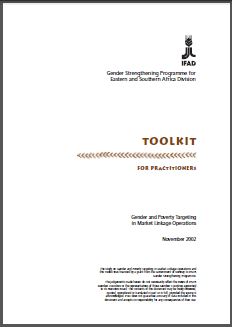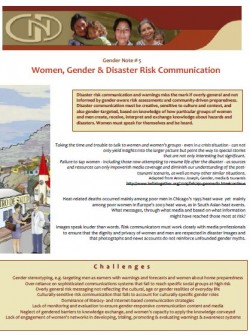Purpose
This document outlines four criteria for assessing project/programme plans. The criteria might not be applicable to projects that do not deal directly with populations affected by crisis or at risk.
Overview
The four criteria are:
- Gender and diversity analysis and sex- and age-disaggregated data: how does the project take into consideration differences between girls, boys, women and men of different age groups in terms of their roles, responsibilities and control over resources, including their level of access to assistance; effects of the crisis or risk; capacities for coping with, responding to, recovering from and preparing for crises; and specific needs expectations and constraints?
- Adapted assistance/services: what measures are taken to ensure that assistance and services provided by the project are accessible, affordable, acceptable and appropriate to gender and diversity concerns?
- Negative effects: are potential negative effects of the project/programme on sex/age and diverse groups identified and prevented or mitigated?
- Adequate participation of vulnerable and at-risk groups: how are sex/age and diverse groups consulted, informed and integrated in the design, implementation, monitoring and evaluation of the project?
Usage: Guidance for project implementation
Audiences: Technical staff; Gender and diversity practitioners
Reference: Norwegian Red Cross (20 January 2015). Gender and Diversity Requirements for Project Planning, Annex 3. Pp.2-69. Available from: https://www.rodekors.no/Global/HK%20-%20Hovedkontoret/Internasjonal/Dokumenter/Gender/Final%20report,%20NorCross%20Gender%20Plan%20of%20Action%202009-2014.pdf [Accessed: 18th July 2016].
![]()


